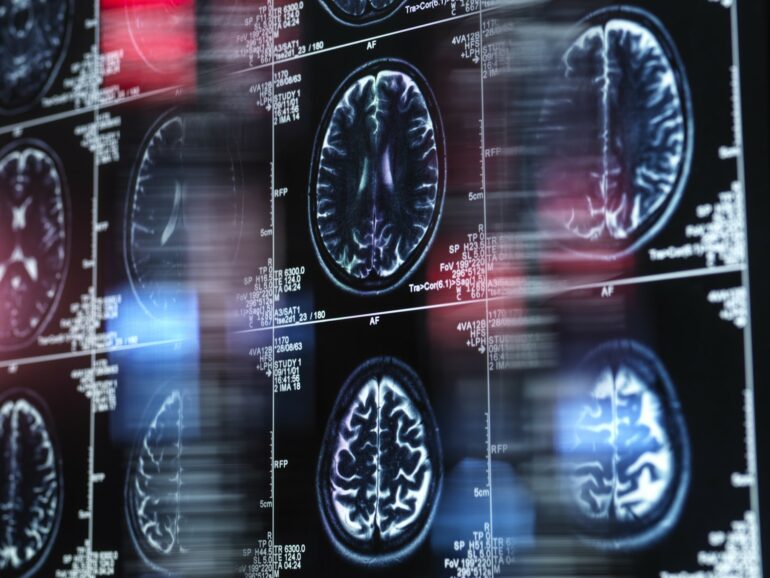Diseases that run in families usually have genetic causes. Some are genetic mutations that directly cause the disease if inherited. Others are risk genes that affect the body in a way that increases the chance someone will develop the disease. In Alzheimer’s disease, genetic mutations in any of three specific genes can cause the disease, and other risk genes either increase or decrease the risk of developing Alzheimer’s.
Some genetic mutations or variants interact with other genetic alterations that lead to Alzheimer’s disease. In some cases, gene alterations can interact with Alzheimer’s-causing genetic variants in a way that proves beneficial; they actually suppress the pathological brain changes the other mutations would normally lead to. These protective gene variants can drastically slow or prevent cognitive decline. In two recent case reports on familial Alzheimer’s disease, mutations delayed Alzheimer’s symptoms for decades.
I am a neurologist and neuroscientist who has spent my career studying Alzheimer’s disease and dementia both in the laboratory and in the clinic. Determining how genes affect brain chemistry is vital to understanding how Alzheimer’s disease progresses and devising interventions to prevent or delay cognitive decline.
The amyloid hypothesis
In the early 1990s, scientists proposed the amyloid hypothesis to explain how Alzheimer’s disease develops. The first neuropathological changes detected in the brain of Alzheimer’s disease patients were the formation of amyloid plaques – clumps of protein pieces called beta-amyloid. Other changes in the Alzheimer’s brain, such as the accumulation of another type of abnormal protein called neurofibrillary tangles, were thought to develop later in the course of the disease.
Beta-amyloid begins to accumulate in the brain up to 15 years before symptoms emerge. Symptoms correlate with the number of neurofibrillary tangles in the brain – the more tangles, the worse the cognition. Researchers have tried to determine whether preventing or removing amyloid plaques from the brain would be an effective treatment.
Alzheimer’s disease results from the accumulation of abnormal proteins in the brain.
Imagine the excitement of the scientific community in the 1990s when researchers identified three different genes causing familial Alzheimer’s disease – and all three were involved with beta-amyloid.
The first was the amyloid precursor protein gene. This gene directs cells to produce the amyloid precursor protein, which breaks down into smaller fragments, including the beta-amyloid that forms amyloid plaques in the brain.
The second gene was termed presenilin 1, or PSEN-1, a protein needed to cut the precursor protein into beta-amyloid.
The third gene, presenilin 2, or PSEN-2, is closely related to PSEN-1 but found in a smaller number of families with familial Alzheimer’s…



